|
ABSTRACT
Uttara Kannada district towards centre of India’s west coast, with over 410 bird species, accounts for
82% bird species of the Western Ghats-west coast region. The reason for such exceptional bird
diversity is due to the richness of habitats that range from coastal and marine areas to evergreen to dry
deciduous forests of the Western Ghats, scrub and grasslands, rivers and lakes and so on. Of the
coastal habitats the estuaries, mainly of four important rivers account for about 170 bird species. The
estuaries are richly productive areas, abundant in food reserves for the birds, in the form of various
invertebrates, fishes etc. The mangrove vegetation, growing in dense entangled patches makes ideal
homes for birds. The mudflats produce huge quantity of bivalves and gastropods. About 50% of these
birds are winter migrants from Eurasia and Himalayas and local migrants. Some of these birds like
parakeets, doves, Indian koel, crow pheasant, Indian jungle myna, Indian tree-pie etc. are relatively
common ones and not habitat specialists. Of the winter migrants may be mentioned European kestrel,
brown headed and black headed gulls, slenderbilled gull, sandpipers and plovers, ducks and teals. Of
the resident water associated birds are cormorants, herons, storks and egrets. The rare mangroveinhabiting
kingfisher (Halcyon pileata) and rare visitors to the salt pans such as the black stork
(Ciconia nigra) and brahminy duck (Tadorna ferruginea) are notable of the estuaries. More than 5000
ducks, including pintails (Anas acuta) and garganey (Anas querqidula), over-winter in the reed
covered marshes of Aghanashini. The bird population and diversity of estuarine areas had suffered
serious setback over last few decades due to abandonment of cultivation of estuarine rice in favour of
shrimp farms, steady destruction of mangroves and various other human activities. However the
situation is reversing due to intense efforts over the last few years by the Forest Department on
mangrove planting, formation of local committees for protection of mangroves and the spread of
general awareness among the local population.
INTRODUCTION
Birds are the best known group of animals and are arguably the easiest group of animals that can be used to monitor ecological changes. The birds which inhabit wetlands for nesting, feeding and roosting are broadly defined as water birds. Tropical estuaries are well known for their rich bird fauna.
OBJECTIVE
- To document the Estuarine birds of Uttarakannada.
STUDY AREA
Uttara Kannada, the northernmost coastal district of Karnataka State is situated in this rich biological zone between 13o 55’ and 15o 31’ N latitude and 74o 09’ and 75o10’ longitude.
The coastline of the district is fringed with estuaries of 4 rivers namely Kali, Gangavali, Aghanashini and Sharavathi and are blessed with luxuriant mangrove forest which increases the productivity of the estuary and enable extensive breeding activity by many marine forms and supports a rich bird fauna.
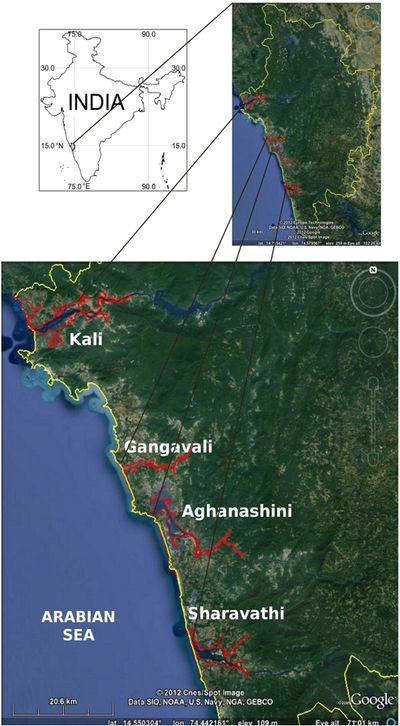
RESULTS
-
Uttara Kannada estuaries are rich in nutrients due to inputs from Western Ghats. The mangroves enhance the nutrient supply and also make estuaries structurally complex to shelter birds of diverse habitats namely, marine, coastal and inland kinds. Marshes, mudflats, oyster beds, sand bars, etc. also provide additional habitats.
RESIDENT MIGRANTS
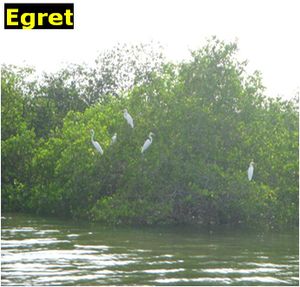 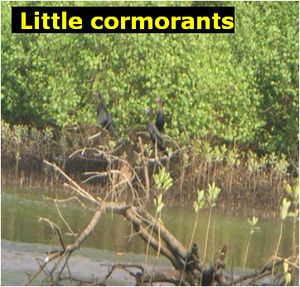
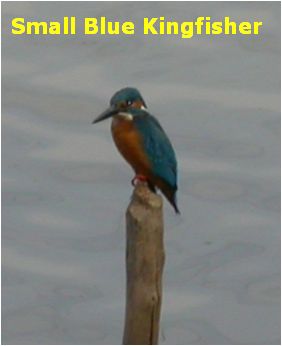
RESIDENTS
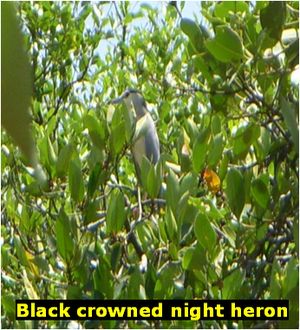 
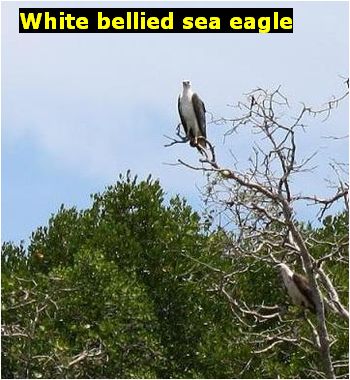

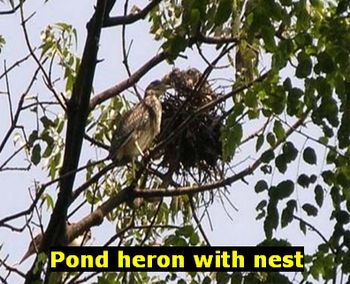 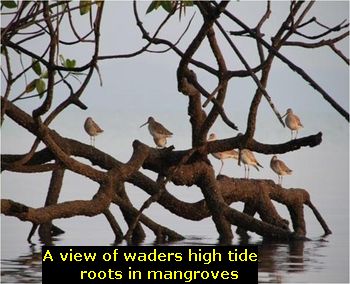
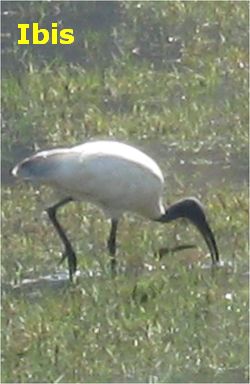
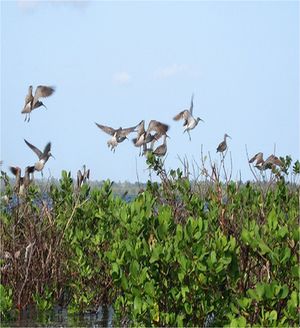 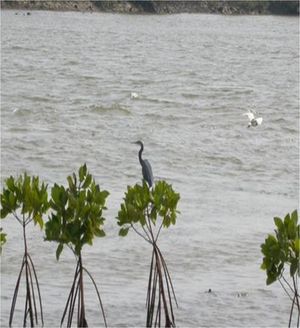
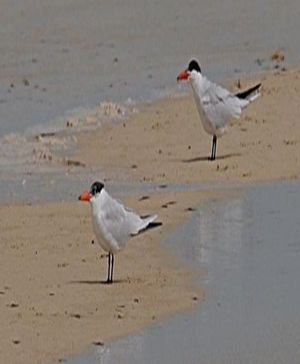
THREATS
Shell mining, mangrove cuttings, shrimp farming, sand mining, etc. are notable threats. Pollution is emerging as rising threat. Threats from reclamation for human habitations are on the increase.
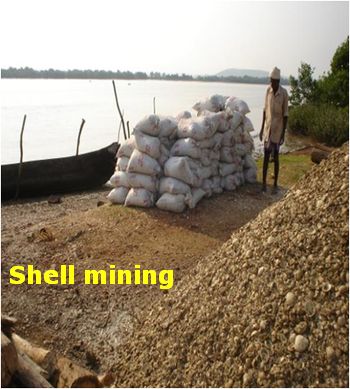

CONSERVATION
Integrity of estuarine ecosystems which comprises of diverse elements need to be protected for conservation of bird fauna. Over harvesting of mussels and clams from mudflats and reefs has to be regulated because these provide food for bulk of estuarine birds. Kali and Aghanashini estuaries merit consideration as Conservation Reserves for birds.
|

















